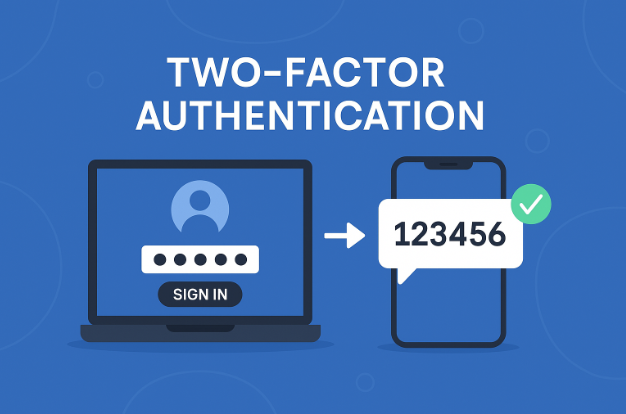A Network Intrusion Detection System (NIDS) is a security technology used to monitor network traffic for any signs of malicious activity, policy violations, or unusual patterns that may indicate an attempt to breach the system. NIDS helps in identifying and responding to network threats in real time.
Key Functions of Network Intrusion Detection System (NIDS):
- Traffic Monitoring: Continuously monitors network traffic for suspicious or abnormal activity.
- Threat Detection: Identifies potential threats like unauthorized access, malware, denial-of-service (DoS) attacks, or other malicious actions.
- Alerting: Sends alerts to administrators when malicious activities are detected so they can take corrective actions.
- Logging: Records details of detected incidents to aid in forensic analysis and future detection improvements.
- Packet Analysis: Inspects network packets to check for known attack signatures or anomalies.
- Response Actions: Some advanced systems can automatically block traffic or alert connected systems to prevent further damage.
Types of NIDS:
- Signature-Based Detection: This method uses a database of known attack signatures. When network traffic matches a signature, it is flagged as a potential threat. It is effective against known threats but doesn’t detect new, unknown attacks.
- Anomaly-Based Detection: This technique compares network traffic to a baseline of normal activity and flags deviations as potential intrusions. It can detect unknown attacks but may generate more false positives.
- Hybrid Detection: Combines both signature-based and anomaly-based methods to improve detection accuracy and coverage.
Benefits of NIDS:
Early Threat Detection: Helps in identifying and responding to threats before they can cause significant damage.
Improved Security Posture: Provides an additional layer of security for networks by continuously monitoring and analyzing traffic.
Regulatory Compliance: Helps organizations meet security and compliance standards by detecting unauthorized activities.
Challenges:
- False Positives: Sometimes benign actions are mistaken for malicious activity, leading to unnecessary alerts.
- Encryption: Encrypted traffic (e.g., HTTPS) may be harder to inspect, limiting the effectiveness of some NIDS.
- Scalability: Monitoring large or high-speed networks can be resource-intensive and challenging.
Overall, a NIDS plays a crucial role in protecting organizations from network-based attacks by providing continuous monitoring, threat detection, and alerting mechanisms.
Tech Series: Fundamentals of Security
Fundamentals of security involve the basic principles and practices that form the foundation of any effective security strategy.
Overview of Security Principles: CIA TRIAD
- Confidentiality:
Ensuring that sensitive information is only accessible to authorized individuals.
- Integrity:
Protecting data from unauthorized modifications to maintain its accuracy and reliability.
- Availability:
Ensuring that information and resources are accessible to authorized users when needed.
- Non-repudiation:
Ensuring that the origin of a message or transaction cannot be denied by the sender.
Concepts of Security Principles
1) Risk Management:
This includes Identifying, assessing, and prioritizing risks to minimize their impact on the organization.
2) Security Policies:
These include Establishing guidelines and procedures to protect information and resources.
3) Access Control:
Access control involves Implementing measures to control who can access specific resources and data.
4) Incident Response:
Incident response includes preparing for and responding to security incidents to recover quickly as well as minimize damage caused.
Tech Series: What is JIT Access?
Just-in-time access prevents unrestricted access to critical or sensitive accounts and digital resources. The approach builds on the zero-trust framework that requires continuous authentication of users, devices, and applications in and outside a company’s network.
Why is JIT access important?
Privileged accounts, when exploited by bad actors, pose a heightened risk to the overall security stance of an organization. So, JIT access helps deny permanent access to accounts and systems as a defense mechanism.
Essentially, JIT access narrows the timeframe available for infiltrators to exploit vulnerabilities within a firm’s internal systems.






